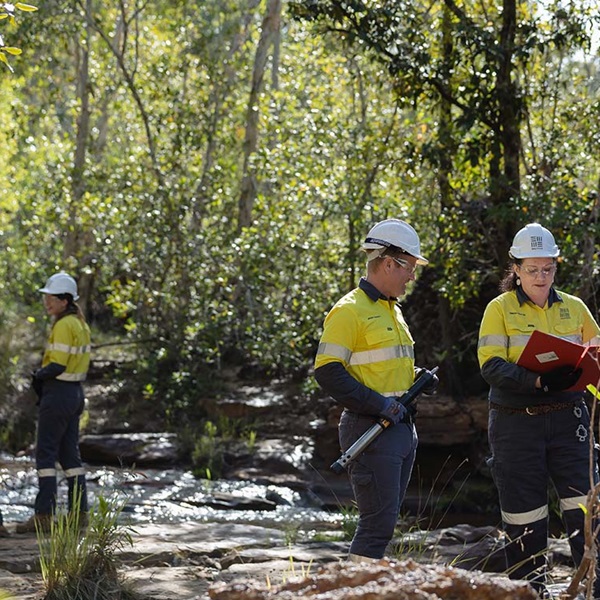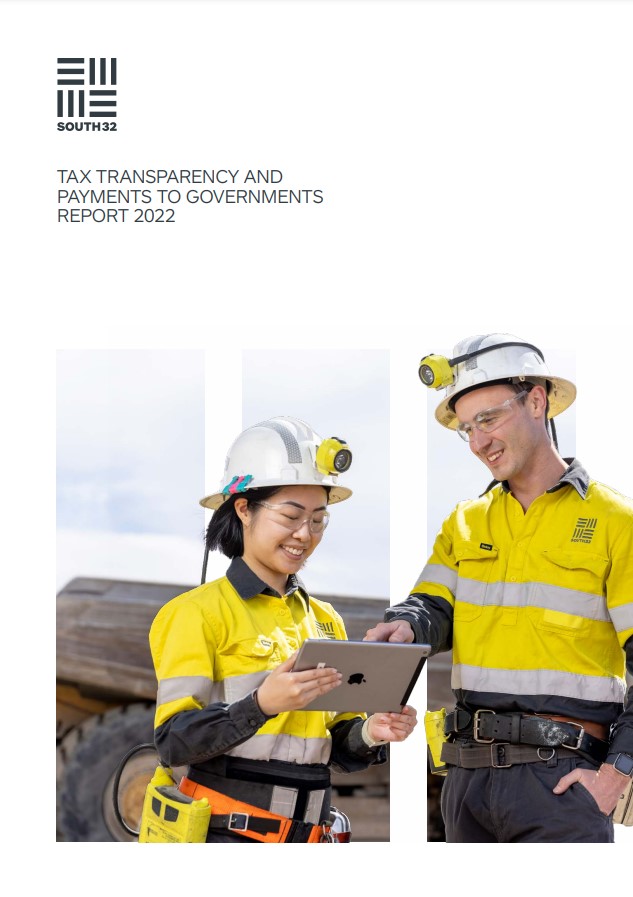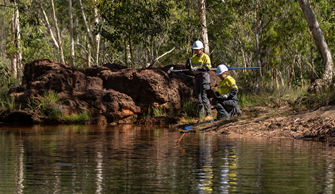
We recognise the importance of protecting and conserving biodiversity, and the dependency of people, communities and society on healthy functioning ecosystems, including for the preservation of cultural heritage.
We acknowledge the continued decline of global biodiversity and subsequent need to halt and reverse biodiversity loss as recognised in the Global Assessment Report on Biodiversity and Ecosystem Services of the Intergovernmental Science-Policy Platform on Biodiversity and Ecosystem Services (IPBES) (2019).
As stewards of the lands and waters upon which South32 operates, we understand our responsibility to minimise impacts to the environment, to rehabilitate areas disturbed by our activities and to collaborate with partners to support regional approaches to biodiversity conservation.


